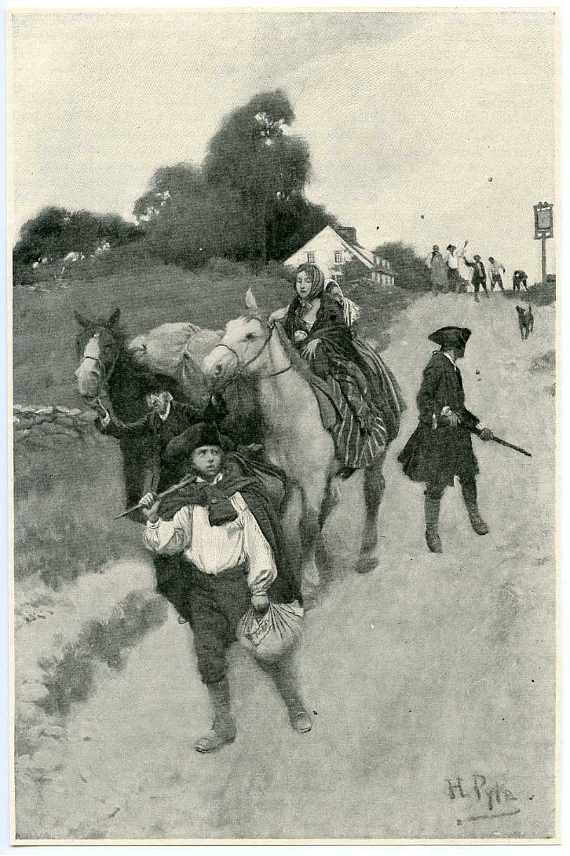Burgoyne at the Boquet: Themes of the Revolution
- Peter Slocum
- 2 hours ago
- 3 min read
Gen. John Burgoyne paused his army and set up camp at the mouth of the Boquet River on his way to Saratoga in June of 1777. At that encampment, the proud British general devoted his attention to two sometimes overlooked groups that play important roles in the new “American Revolution” PBS television series – Native Americans and the large American Loyalist population.

Ken Burns and his PBS team argue – in their six-part series – that our Revolutionary War was essentially a first Civil War, considering the conflicts between Patriots and Loyalists, and with different tribes of the Iroquois Nation and others.
Burgoyne put the importance of Loyalists and Indigenous peoples on display near present-day Willsboro, with a proclamation aimed at civilians in New York and Vermont, and in a speech to a war council of his Indian allies.
To the civilians, he professed sympathy for their plight, decrying the poor treatment handed out to those who had not joined the rebel cause:

“Arbitrary imprisonment, confiscation of property, persecution and torture, unprecedented in the inquisitions of the Romish Church are among the palpable enormities….inflicted, (by the Assemblies & Committees who dare to profess themselves friends to Liberty,) upon the most quiet Subjects, without distinction of age or Sex, for the sole crime, often for the sole suspicion, of having adhered in principle to the Government under which they were born, and to which by every tie divine and human they owe allegience."
Burgoyne’s language may be overblown (that was his habit), but he does touch on a very real issue. The PBS film describes how the Committees of Safety formed by patriots in Boston and elsewhere sometimes behaved like lawless vigilantes, targeting and harassing Loyalist families. Or even suspected Loyalists.
Burgoyne wanted farmers to help support and feed his army, and not the rebels. If they crossed him, he threatened to unleash his Indian allies: “I have but to give stretch to the Indian Forces under my direction, and they amount to Thousands, to overtake the harden’d Enemies of Great Britain and America, wherever they may lurk.” (Historians say he was vastly exaggerating the number of his Indian allies, a not uncommon scare tactic.)
Then, just two days later, Burgoyne spoke to a council of his Indian allies and urged them to lend their fighting zeal to the British cause, but to avoid terror as a tactic.
“The King has many faithful subjects dispersed in the provinces, consequently you have many brothers there; and these people are the more to be pitied, that they are persecuted or imprisoned wherever they are discovered or suspected."
He added: “In conformity and indulgence to your customs, which have affixed an idea of honor to such badges of victory, you shall be allowed to take the scalps of the dead when killed by your fire and in fair opposition’ but, on no account, or pretense, or subtlety, or prevarication, are they to be taken from the wounded, or even dying.”
Interestingly, the early Colonial authorities – both Dutch and British – encouraged that sort of warfare by paying the Indians for scalps. Then the colonists came to demonize the Native Americans for carrying out the very practices they sponsored.

Native Americans, especially the Six Nations of the Iroquois Confederacy, were caught between bad options in the war. All the tribes had both alliances and enemies left over from the French and Indian War. Most importantly, as the PBS film emphasizes, all the tribes were trying to protect their lands against encroachment by the ever-growing settler population, which was doubling every 25 years. Among the land speculators trafficking in Indigenous lands: George Washington, Benjamin Franklin, and Patrick Henry.
Thomas Jefferson alluded to this struggle over land, and the fear of Indian attacks in contested territory, in the Declaration of Independence, almost exactly one year before Burgoyne’s speech, when he complained that the King “... has endeavored to bring on the inhabitants of our frontiers, the merciless Indian Savages, whose known rule of warfare, is an undistinguished destruction of all ages, sexes and conditions.”
There was no battle at the Boquet, nor a treaty, nor a surrender. But it almost seems that Gen. Burgoyne was telegraphing Ken Burns’ screenwriters across the centuries: “Don’t miss this Adirondack story.”
By Peter Slocum







Comments